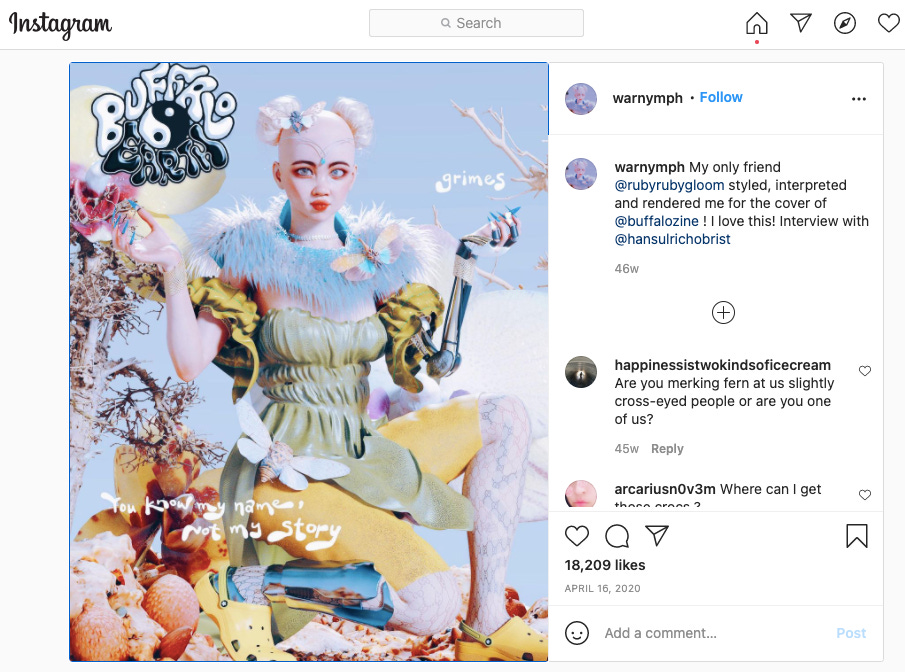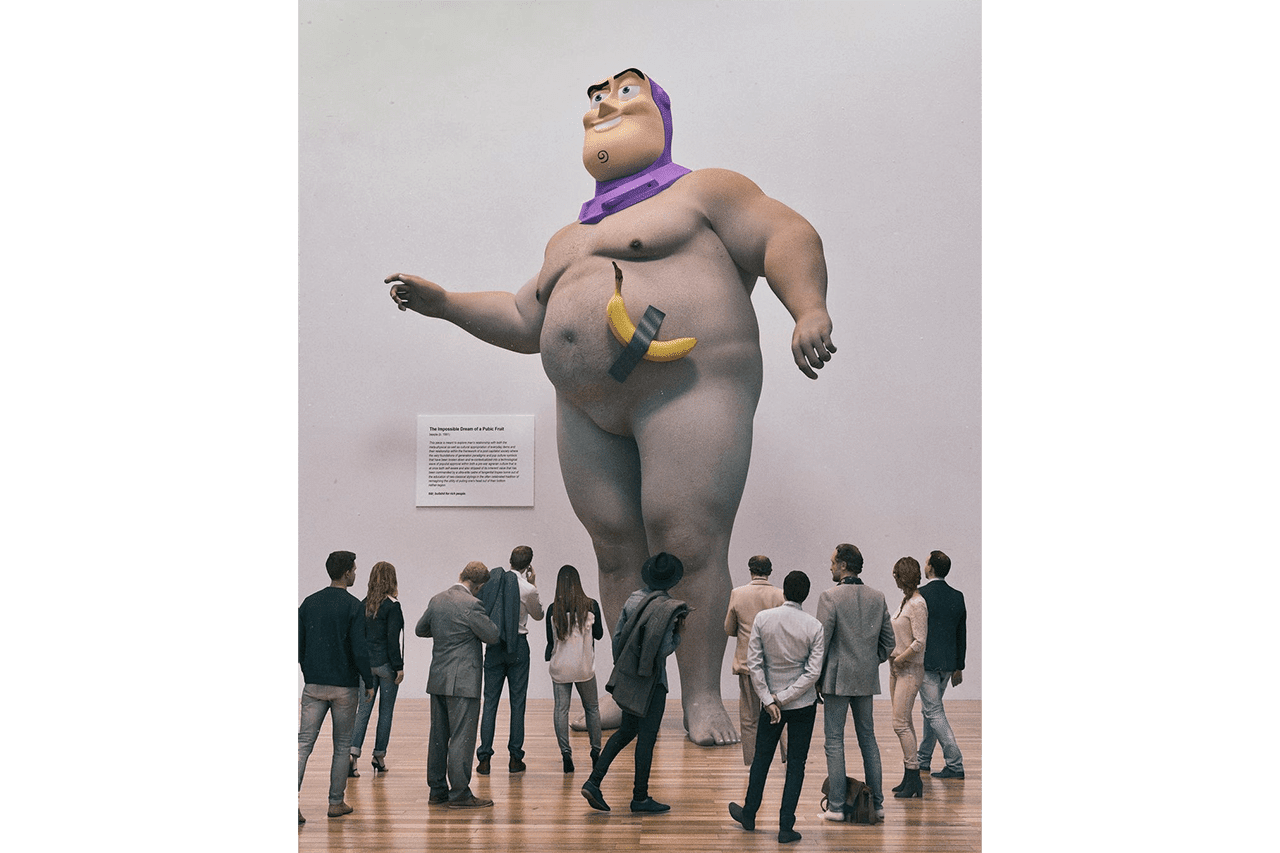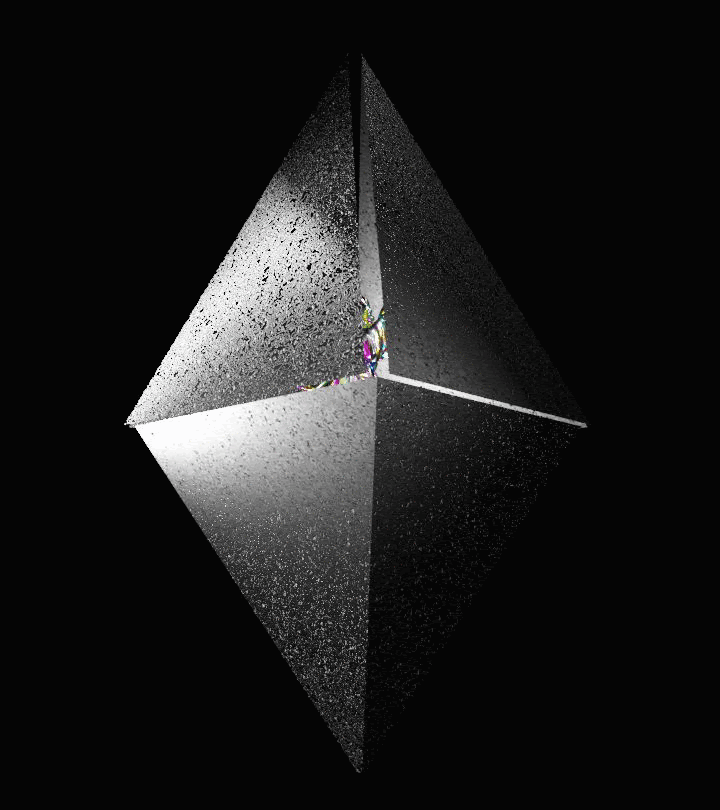Wiser in5! Ethereum, Non-Fungible Tokens & the $500k cat
Making sense of crypto, blockchain, NFTs and the New Creative Economy
Would you pay half a million dollars for this cat?
This is Nyan Cat. It’s not an actual cat, it’s a meme cat. Created 10 years ago by artist Chris Torres, Nyan Cat has become an Internet cult. It even has its own fanpage!
A remastered version of this meme has just been sold through an online auction for 300ETH, the cryptocurrency used on the Ethereum network, with a value at time of sale of around $500k. The auction was run by Foundation, a digital art platform that launched in February as part of what is being dubbed the New Creative Economy.
What makes this sale the topic of conversation is that Nyan Cat came with a Non-Fungible Token, aka NFT.
The NFT market for digital art and assets
For centuries, mankind has been obsessed with knowing whether a piece of art is an original or not. And it’s not just about whether a painting is a forgery or not. Digital rights, copyright and ownership is big business and near impossible to control on the Internet.
Now, non-fungible tokens are being used to verify unique items such as digital art and digital ownership. An example is digital rights management platform RAIR who use NFTs to manage digital rights.
NFTs are digital assets that are provably unique, creating digital scarcity. They can't be duplicated or divided. They have many use cases, including for digital collectibles, music, artwork, and in-game tokens.
Examples of this in the music industry include: Kings of Leon announcing that they will be releasing their new album as an NFT, and Lindsay Lohan putting up an NFT for Daft Punk the day they announced they were splitting.
As I write this piece, the artist Beeple, who sold over $3m of NFT art last December, has a piece of digital art called Opus up for auction at Christie's. Christie’s will be the first major auction house to offer digital art with an NFT as its guarantee of authenticity. Christie’s will also accept the cryptocurrency Ether as payment for the digital artwork.
And earlier this week, the artist and musician Grimes sold almost $6m of visual art in an NFT auction.
Source: Instagram
Breaking down the jargon
Non-Fungible Tokens are, simply, an immutable (unchangeable) digital record of ownership, history and provenance. The digital records are stored on the Ethereum blockchain and are traded using the cryptocurrency Ether (ETH). Note: there are other cryptos running on Ethereum but the key one is Ether.
The point of the NFT is to provide unquestionable proof that the image, music, video or whatever it is, is what it is supposed to be. NFTs will not be open to the same threat of forgery and abuse as a painted signature on a painting.
Blockchain is the underlying technology used by Bitcoin, NFTs and Ethereum.
Think of it as a ledger, a ginormous list of every transaction ever written down. Then picture that there is only one giant ledger and everyone in the world writes their transactions in this same giant ledger.
Then imagine that there are thousands of identical copies of this one giant ledger. Each copy is kept up-to-date simultaneously to ensure that every copy is identical. What this means is that when everyone's version of the ledger says the same thing, then whatever is in the ledger must be true. This is called consensus.
Anyone trying to hack or maliciously change a transaction in the ledger will immediately stand out in the crowd. Nobody will be able to change the thousands of individual versions of the ledger at the same time. This makes blockchain technology secure and immutable.
Blockchain is a decentralised technology, meaning that it is not under any central control by a single entity, government or institution. It is often called a trustless system as it does not rely on (your) trust in the integrity of the organisation running the computer system.
Ethereum is the second largest blockchain network after the public blockchain (that Bitcoin runs on). It has over 1 million users and 3000 apps (called decentralised apps, or DAPPS).
Source: Beeple-Christie’s
Environmental cost of NFTs
Unfortunately, there is an environmental downside to NFTs.
The blockchain technology consumes significant amounts of electricity every time each transaction is updated on the Ethereum network. The site CryptoArt.wtf illustrates this point by estimating the CO2 emissions for a random sample of NFTs and their associated digital art.
As an example, when Grimes sold her collection for $6m, the site estimated that the electrical power used for this sale alone was equal to average power use of an EU resident over a 33 year period!
Below is an example of NFT digital art.
This piece is called Coin Burning and was created by @buzzlightning. The NFT for this piece of digital art shows that it is currently owned by @gldnxross.
Sources:
Marketplace: Why are people spending so much money on NFTs?
Prof G Show (YouTube)






Thanks Rick, made sense to me!